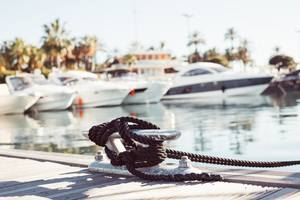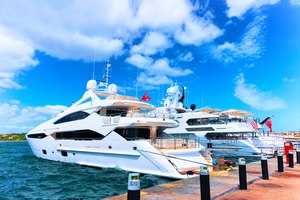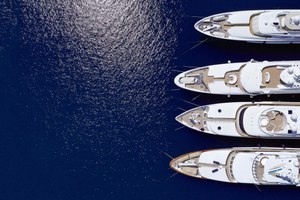Wherever you’re buying a yacht, it’s useful to know a little bit about European boatbuilding rules and ratings because they offer a useful, easy way for buyers to compare one yacht against another. This article provides a comprehensive overview of the European CE certification for yachts.
In this article:
- Recreational Craft Directive (RCD) - An International Standard
- Recreational Craft Directive Categories
- Category A
- Category B
- Category C
- Category D
- Inconsistencies in the RCD Categories
- Yachts and Watercraft excluded from the RCD
- Identification Numbers and Builder’s Plates (WIN, CIN & HIN)
- How to read a Watercraft Identification Number (WIN)
- How to read an RCD builder's plate
- RCD, imports and the price of regulation
- The RCD today
- Used Non-European Yachts (Imports & Retrospective RCD)
Recreational Craft Directive (RCD) - An International Standard
Since 1998, all types of yachts and boats between 2.5m and 24m in length (8ft to 79ft) that are sold within the European Union have to be assessed and put into one of four broad design categories based on the weather, wind force and sea conditions in which they’re designed to be used.
Europe is an important market for most of the world’s major boatbuilders and yacht-building shipyards, so the four design categories defined in the EU’s Recreational Craft Directive (RCD) have become an international standard of sorts, setting precise parameters for yacht design, construction and materials, which most (but by no means all) yacht builders adhere to.

Yacht design and construction standards vary around the world, with some being voluntary codes rather than compulsory regulations. For instance, the US Coast Guard regulations for yachts sold or manufactured in the United States are less comprehensive than Europe’s RCD.
Fortunately, there is a degree of compatibility between US and EU standards, with many US builders now voluntarily fully compliant with EU regulations.
Moreover, there are separate codes and classifications for private vessels exceeding 24 metres in length. While these codes often come down to the build-owner's choice, they typically match or even surpass the stringency of the RCD.
Recreational Craft Directive Categories
While the RCD categories were not originally intended as a comprehensive measure of seaworthiness or build quality, they have evolved into a widely used yardstick for such purposes. Insurers, marine finance providers, yacht charter fleet operators, and many boating enthusiasts now rely on RCD categories to compare different yacht models and assess their suitability for specific cruising areas and types of use.
The categorization process considers crucial safety factors like wave height, wind speed, and suitable cruising usage, such as the distance a yacht might be from land. As these factors increase in severity or range, the level of classification becomes more stringent. In essence, RCD categories have become a valuable tool for evaluating and ensuring the safety and suitability of yachts in various conditions and scenarios.
The four RCD categories A, B, C and D can be summarised as follows:
Category A
Category A under the Recreational Craft Directive (RCD) represents the highest level of seaworthiness and is designed for yachts intended for offshore or ocean cruising. Yachts in this category are built to withstand severe conditions, including high wind speeds, stronger than 40 knots (Beaufort Gale Force 8) and waves exceeding four metres. They are not, however, expected to cope with abnormally extreme conditions such as hurricanes.
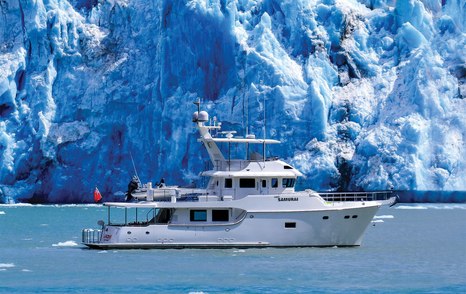

Yachts in this build category are equipped for extended voyages where help may not be readily available. It is expected that trawler yachts and large sports fishers will be built to Category A. A small number of sports cruisers and flybridge cruisers can be found in Category A, including all Ferrettis and Pershings over 15m (50ft) and all Rivas over 13m (44ft). This category also includes a fair few smaller yachts such as Dale Nelsons and Mallorquíns that are derived from all-weather working boats.
Key requirements
- Self-sufficient and built for long-distance voyages
- Able to cope in storm conditions with winds stronger than 40 knots (Beaufort Force 8)
- Able to cope with waves higher than four metres (13ft)
Category B
Category B is designed for yachts intended for offshore cruising in moderately challenging conditions. These yachts are constructed to withstand wind speeds of up to 8 on the Beaufort scale and significant wave heights of up to 4 meters for voyages up to 200 miles from shelter. They are ideal for coastal and offshore cruising where occasional adverse weather conditions may be encountered.
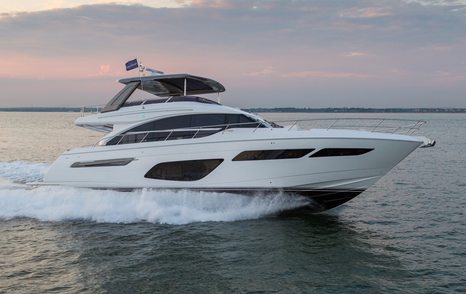
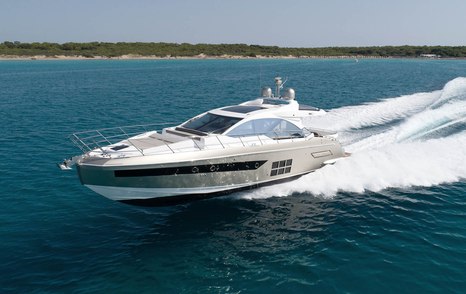
Many seagoing motor yachts fall into Category B. In fact, an increasing number of prominent builders aim to achieve this classification because it provides reassurance to potential buyers and can offer a marketing advantage to boat builders.
Key requirements
- Offshore navigation, up to 200 miles from shelter.
- Able to cope with winds of up to 40 knots (Beaufort Force 8)
- Able to cope with waves up to four metres (13ft) high
Category C
Category C is designated for yachts intended for coastal cruising and inland waters. These yachts should be constructed to handle moderately strong winds of up to 27 knots (force 6) and waves reaching two meters (7ft) in height.
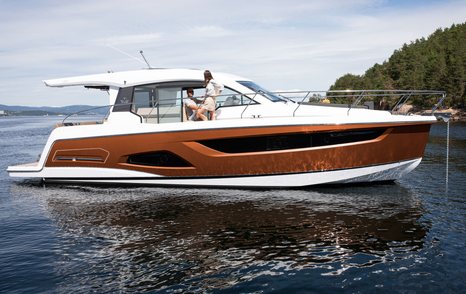
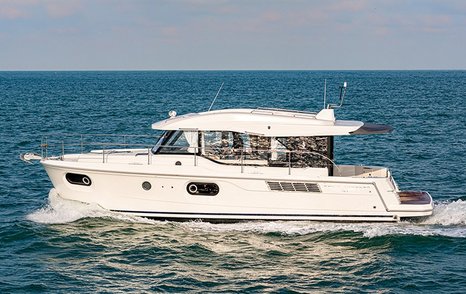
In essence, Category C sets the minimum acceptable standard for coastal cruising within 20 miles from sheltered areas. These yachts are well-suited for leisurely coastal exploration and tranquil outings in protected waters.
Key requirements
- Suitable for navigating in coastal waters and short-distance voyages
- Able to cope in moderately strong winds of up to 27 knots (Beaufort Force 6)
- Able to cope with waves up to two metres (7ft) high
Category D
Boats intended for inland or sheltered coastal waters fall into Category D of the Recreational Craft Directive. These watercraft are specifically designed for navigating rivers, canals, small lakes, and coastal bays or estuaries that are mostly enclosed and shielded from ocean swells.
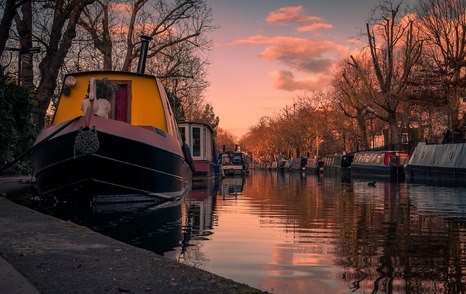
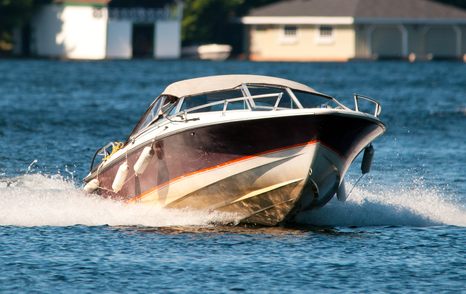
Category D specifies that the boat should be suitable for operation in very light winds and calm waters, with wind speeds not exceeding 4 on the Beaufort scale and wave heights up to 0.3 meters. They should also possess sufficient seakeeping ability to withstand occasional larger waves, such as those generated by passing vessels, without the risk of swamping.
Key requirements
- Suitable for inland and sheltered coastal waters
- Built to navigate rivers, canals, and small lakes
- Able to cope with winds up to 16 knots (Beaufort Force 4)
- Able to cope with waves up to 45cm (18 inches) high
Inconsistencies in the RCD Categories
It's essential to understand that the RCD categories do not guarantee a yacht's safety in the specified conditions. Instead, they serve as a general indication that, under those conditions, the yacht can be safely navigated by a skilled and experienced skipper. For instance, even Category A yachts can be compromised by 2.5-meter (8ft) breaking waves if mishandled by an inexperienced helmsman.
Conversely, a Category C yacht could be equally or even better constructed than a Category B vessel, with its categoriSation primarily based on intended use inshore. However, by considering both the RCD categories and a yacht buyer's own assessment of the yacht's build and finish, an informed buyer can gain a reasonably reliable understanding of its suitability and capabilities.
RCD categories are not absolute for any type or model of yacht but can depend on the number of people who are aboard. For example, a yacht might be Category B with 12 people on board but it could become Category C with 14 people."
Guests Onboard
It's important to note that RCD categories are not fixed for any specific type or model of yacht; they can vary depending on the number of people on board. For instance, a yacht might hold a Category B classification with 12 people on board, but it could be downgraded to Category C with 14 people.
It is highly advisable to check the specific classification of a yacht rather than solely relying on the general A, B, C, or D type designation.
Yachts and Watercraft excluded from the RCD
Superyachts
Superyachts are typically excluded from the Recreational Craft Directive (RCD) because they are considered highly customised, unique vessels that often exceed the standard parameters and requirements set, for the categories exclude all yachts that are more than 24 metres (79ft) long.
Due to their complex nature, superyachts are subject to a different set of regulations and standards, managed by maritime authorities and classification societies and deemed to be far stricter.
These regulations address the bespoke design, construction, and safety features of superyachts, which can vary significantly from standard recreational craft.
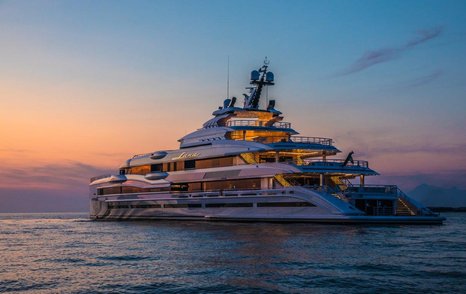

Small Watercraft
Many small watercraft are exempt from the RCD, including some commonly used as 'yacht toys' like canoes, kayaks, windsurfers, paddleboards, and surfboards. However, it's important to note that jet skis and other personal watercraft (PWCs) are not exempt and are subject to RCD regulations.
Identification Numbers and Builder’s Plates (WIN, CIN and HIN)
The Recreational Craft Directive (RCD) requires all yachts and watercraft, including tenders, to be marked with a unique Watercraft Identification Number (WIN), previously known as a Craft or Hull Identification Number (CIN or HIN).
It's essential for yacht owners to take note of this number in case their boat is stolen, as both the police and insurers may request it. (When purchasing a used powerboat on a road trailer from a private seller, it's wise to check the WIN number to ensure it hasn't been stolen.)
Finding the WIN (CIN, HIN) number on your yacht can be challenging. A common location is the transom, typically positioned low down around the waterline, and it may be stamped into the gelcoat or attached as a plaque. While new yachts come with sales and warranty information that includes the WIN number, older vessels on the second hand market may not have this paperwork available and it’s worth checking when considering buying.
How to Read a Watercraft Identification Number (WIN)
One of the benefits of the RCD is the unification and delivery of information. The identification plate might look unhelpfully random at first but understand the code and you can decipher key information for any yacht.

How to Read an RCD Builder's Plate
The RCD also mandates a 'builder's plate' be prominently displayed on yachts and boats, providing essential information about the vessel and its builder. This includes the RCD category rating for passenger numbers, maximum weight onboard, and engine thrust capacity.
Typically, you'll find the builder's plate near the helm station, but its location can vary from one builder to another.
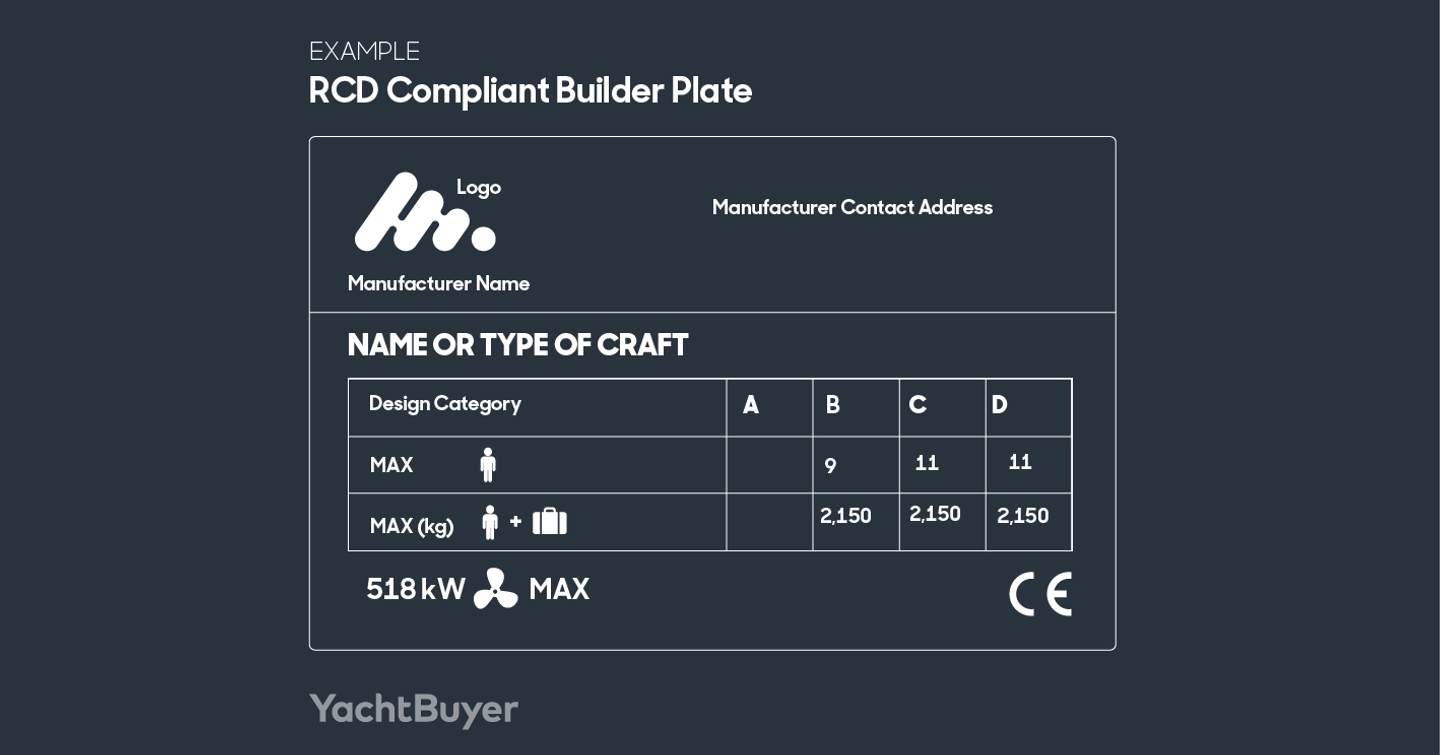
RCD, Imports and the Price of Regulation
Buying cheap to save money is like stopping a clock to save time. Neither works."
While browsing international yacht brokerage websites, a buyer might observe that yacht prices are generally higher in the EU compared to other regions. For European buyers, places like Turkey and South-East Asia can offer potential bargains, and the United States has its own reasons for competitive prices due to the sheer quantity of vessels creating more of a buyer's market.
However, when importing yachts into the EU, they must undergo a process for retrospective certification and an RCD category rating. These imported yachts, often called 'grey imports,' may require costly, time-consuming, and intricate adjustments to achieve compliance, including specialised guidance and thorough inspections. In the end, their 'grey import' status might lead to a lower market value.
For prospective yacht buyers, conducting thorough research and understanding the market can help them make an informed decision and potentially steer them away from this path.
Used Non-European Yachts (Imports and Retrospective RCD)
If a buyer is considering yachts built outside the EU that are over eight years old, it's important to note that a common practice used to be giving these yachts a Category C rating when they were actually much more capable.
This happened because builders who weren't primarily targeting the European market chose to accept a Category C rating rather than making modifications to achieve a higher rating.
It wasn't until 2010, when insurance companies began refusing coverage for Category C boats in exposed offshore cruising areas, that the boating industry outside the EU started taking RCD categories seriously.
For example, many Grand Banks trawler yachts are in Category C despite being well-known for their ability to go anywhere in all weather conditions.
The RCD Today
Over the years, the criteria for RCD categories have gradually become more stringent, particularly in the last decade. Many older yachts with a Category B rating would likely fall into Category C under today's standards. Within the yacht industry, there have been both private and public complaints about the constant tightening of regulations, with concerns that each new generation of yachts becomes heavier than the last.
Simultaneously, some marine surveyors suggest that yachts produced in specific EU countries tend to receive more favourable RCD category ratings than they would have received if built in other EU countries. This variability in ratings raises questions about the consistency of the certification process.


The Need to Adapt
The updates and modifications introduced to the RCD since its establishment in 1998 may add complexity to yacht construction, but they are undeniably necessary. This is an industry that continually evolves in terms of techniques and sophistication, with an increasing awareness and emphasis on environmental and emissions-related matters, both in the construction and usage of yachts.
Regulations have always played a role in yacht construction. Since 1998, there has been a fairly consistent pattern of RCD updates occurring every five years or so.
The next review is expected to include new, environmentally-focused, rules on emissions that may pose challenges for the industry. It is worth noting that, similar to the automotive sector, implementing changes related to emissions may take several years.


